Insane Facts About the Salem Witch Trials
The panic that swept through Salem in the 1600’s would have large consequences for many women and even some men. The accusers performed some pretty bizarre tests and caused a lot of suffering because of it.
We’ve compiled some crazy facts about the Salem Witch Trials that everyone should know!
Accusers Would Throw Suspected Witches into Rivers and Lakes
As part of a “swimming test,” accused witches were dragged to a lake or river, undressed to their undergarments, bound, and forced into the water to see if they would float or sink. It was thought that the water would reject their body and prevent them from submerging, thus proving them a witch.
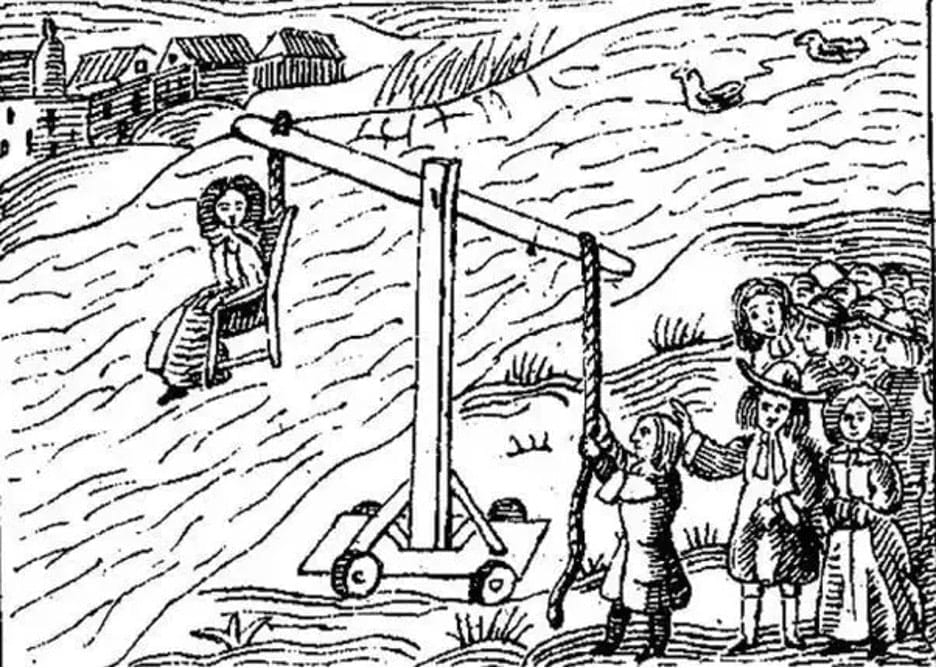
Source: Quora
An innocent person would sink, but a witch would bob to the surface. The victim usually had a rope tied around their waist so they could be hauled from the water if they sank, however, accidental drownings were common.
Fumbling Your Words Had Deadly Consequences
In what was called the “prayer test,” accused witches were made to recite the scripture to perfection. If they were somehow illiterate or nervous and made mistakes, this was seen as strong evidence of their inherent evilness.
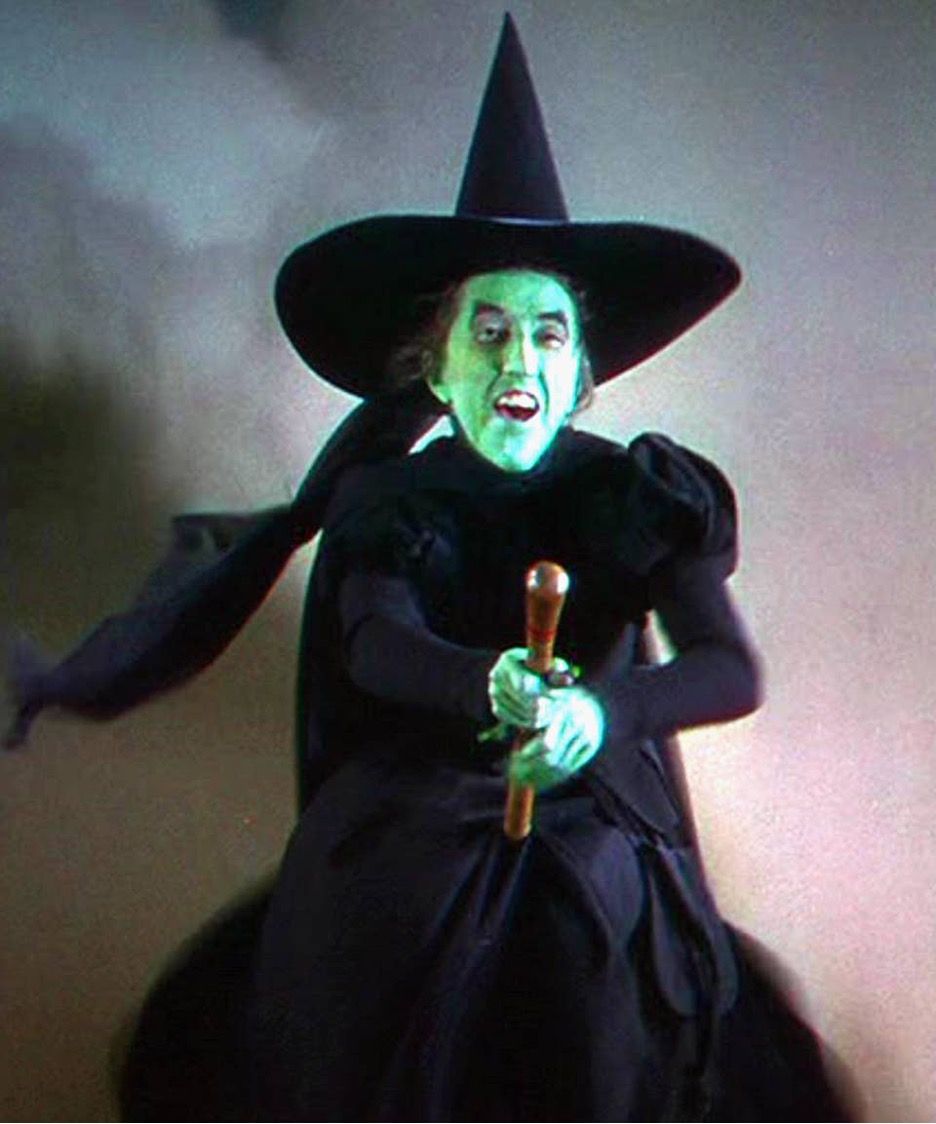
Not to mention the accused had to do said test in public! Though one man who was accused recited the scripture to perfection before his execution, as it was seen as the devil’s luck.
The “Touch Test”
The “touch test” was rooted in the belief that an accused witches touch would cause a reaction in those they had cursed. However, one of the most famous touch tests still couldn’t save Rose Cullender and Amy Denny.
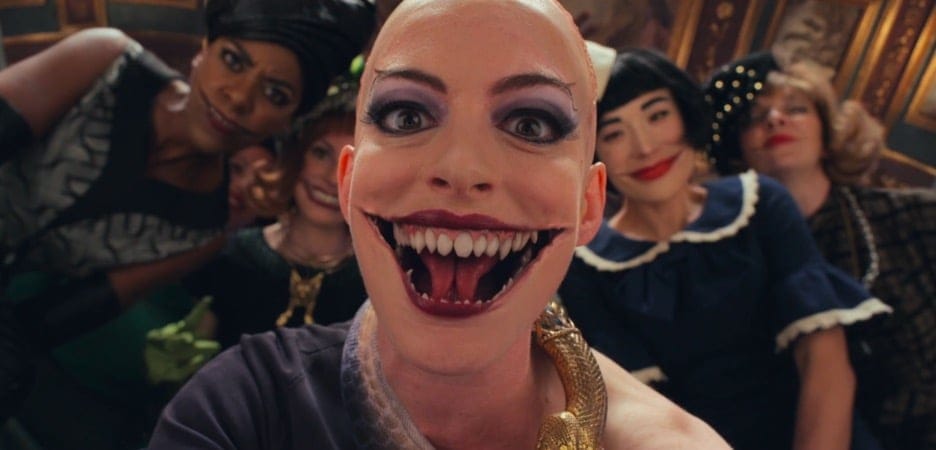
Two kids had been having fits that left their fists clenched tight, yet only opened whenever Cullender or Denny touched them. To ensure the reaction was real, judges blindfolded the children and had members of court touch them. The girls unclench their fists, which suggested they were faking, though this wasn’t enough to prove the women’s innocence and they were both hanged as witches.
Skip the Dessert
A wacky form of counter-magic was called the witch cake. If someone showed up mysteriously sick, witch-hunters would take a sample of the sufferer’s urine and mix it with rye-meal and ashes to bake it into a cake.

Source: Betty Crocker
This disgusting concoction was then fed to a dog or any “helper animal” to the accused witches—in the hope that the beast would fall under its spell and reveal the name of the guilty sorcerer.
Not a Freckle Out of Place
Suspected witches were often stripped and publicly scrutinized for blemishes that witches were said to receive upon sealing their pact with Satan. The “devil’s mark” could change shape and color, making it was easy for even the most minor physical flaws to be seen as something sinister.
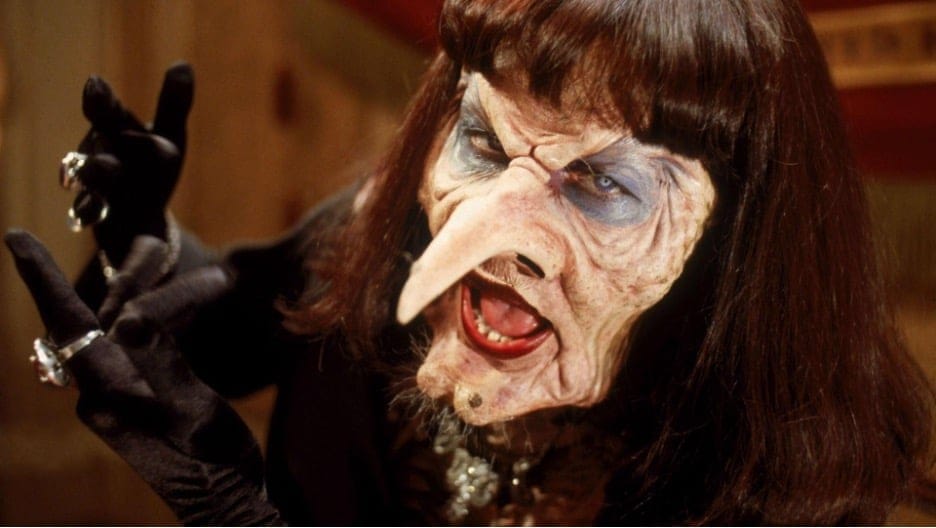
Source: Slant Magazine
Moles, scars, birthmarks, sores, extra nipples, and tattoos were all permissible, so examiners rarely did a useless search. During witch hunts, worried residents would even burn or cut off any marks on their bodies, only to have their injuries labeled as proof of a treaty with the devil.
Don't Prick Me
Witch-examiners used specifically designed needles to repetitively stab and prick at the accused person’s flesh.
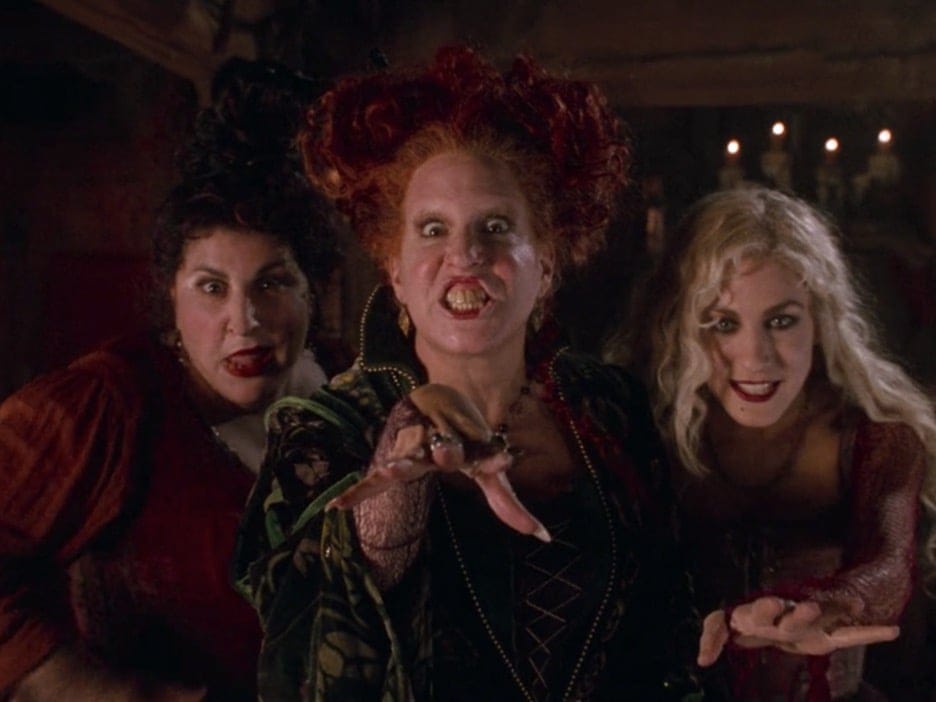
Source: Insider
In England and Scotland, the “exam” (also known as torture) was eventually performed by well-paid professional “prickers,” many of whom were con men who used dulled needlepoints to identify fake witch’s marks.
The Accused Had to Address the Devil
In the “incantations tests” the accused witch was forced to recite an incantation to tell the devil to release the supposed victim of a spell. In one case, a family of three, called the Samuel family (one child, husband, and wife) were accused of hexing a family of five girls.

Source: In Style
They were forced to ask the devil to release the girls. When the girls made an instant recovery, the Samuels were hanged as witches.
Bridget Bishop Was the First Executed “Witch”
Bridget Bishop was spotlighted due to her apparent problematic morals and was the first to be tried and executed during the Salem Witch trials. Bishop often rebelled against the puritanical values of her time, staying out for long hours, having people in her home late at night, and hosting drinking and gambling parties often.

Source: Shondaland
After her second husband died, Bishop was accused of hexing him, along with several other women. She was subsequently executed.
Animals Were Also Thought to Have Deals with the Devil
One poor pooch was shot after a girl tormented from tremors accused it of trying to bewitch her. Nonetheless, after the dog’s death, a local Preacher suggested that if the devil had possessed the dog, it wouldn’t have been so easily killed with one bullet.

Source: ESO
The second murdered dog was thought to be a victim of witchcraft by a with who had fled Salem before they could be tried.
Witches Were Blamed for Misgivings
Witches were blamed for things like crop failures, blindness, lameness, infertility, and impotence. They were believed to have made a deal with the devil in exchange for inflicting badly upon God-fearing people.
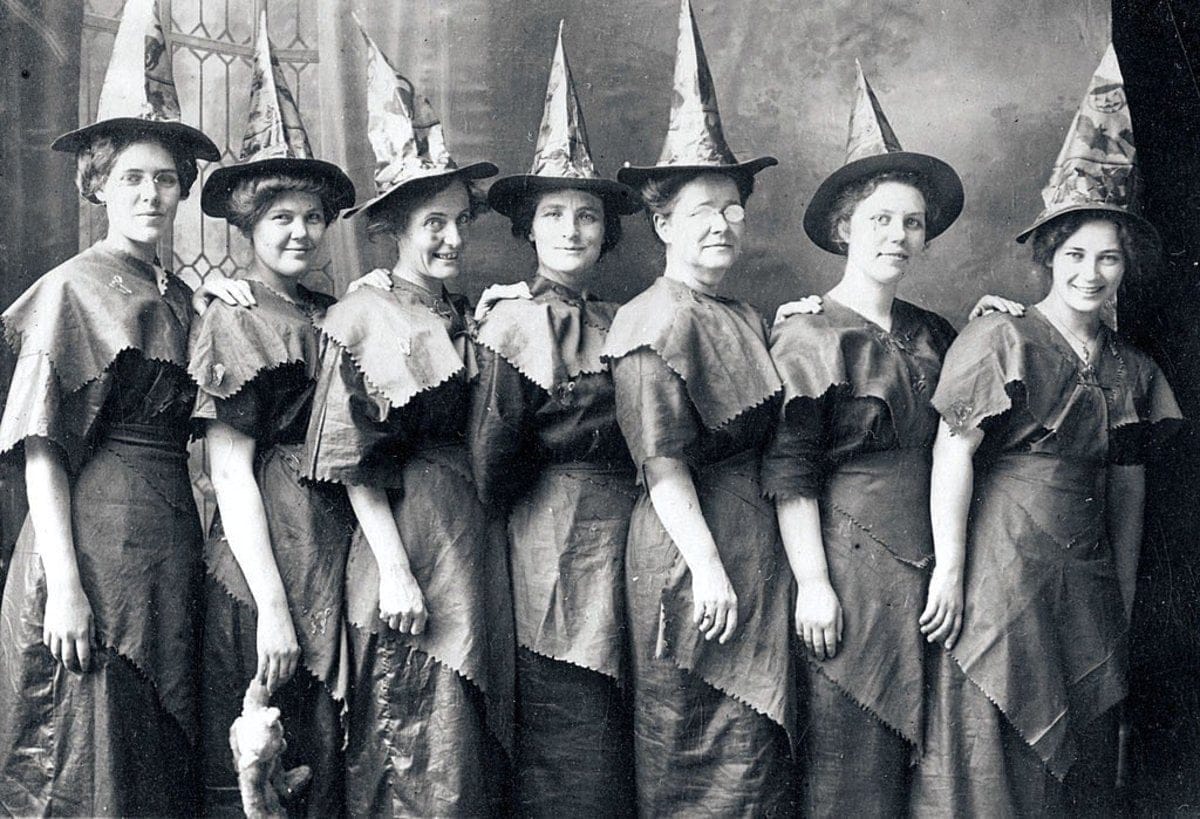
This idea came about long before the Salem Witch Trial in different parts of Europe and eventually made its way over to the newly settled colonies.
Why Did the Salem Witch Trials Happen?
Historians have studied the strange history of the Salem Witch Trials and tried to piece together exactly what factors led to such a scary and strange time in New England history. Possible explanations include economic hardship, deliberate fraud, and mass hysteria.
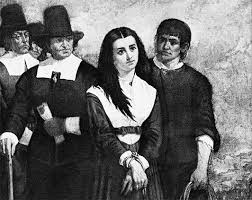
Of course, looking back on history never offers the same insight of actually being there and all the complexities that can lead to something as tragic as the trials.
Some Historians Think a Fungus Led to the Trials
Some historians believe that a condition called convulsive ergotism could have been a leading factor in the Salem Witch Trials. The condition is caused by a fungus that grows on rye and other grains.

It causes people to behave in ways that may make them seem “possessed.” Reactions include muscle twitching and spasms, hallucinations, sweating, and a fever that can last for several weeks.
A Four-Year-Old Was Accused
The youngest person to be accused of witchcraft was four year old named Dorothy Good. She was the daughter of another accused witch, Sarah Good. She was accused of trying to bite and choke a woman named Mary Walcott.

The young girl wanted to see her mother, and confessed to being a witch in order to see her again. She also confessed to her mother being a witch. She spent time in prison from March 24th 1692 until December 10th, 1692.
25 People Died Due to the Salem Witch Trials
In total 14 women and 6 men were executed for witchcraft, and another five others died while awaiting their trials in prison. One of the people who did not make it out of the prison was an infant.
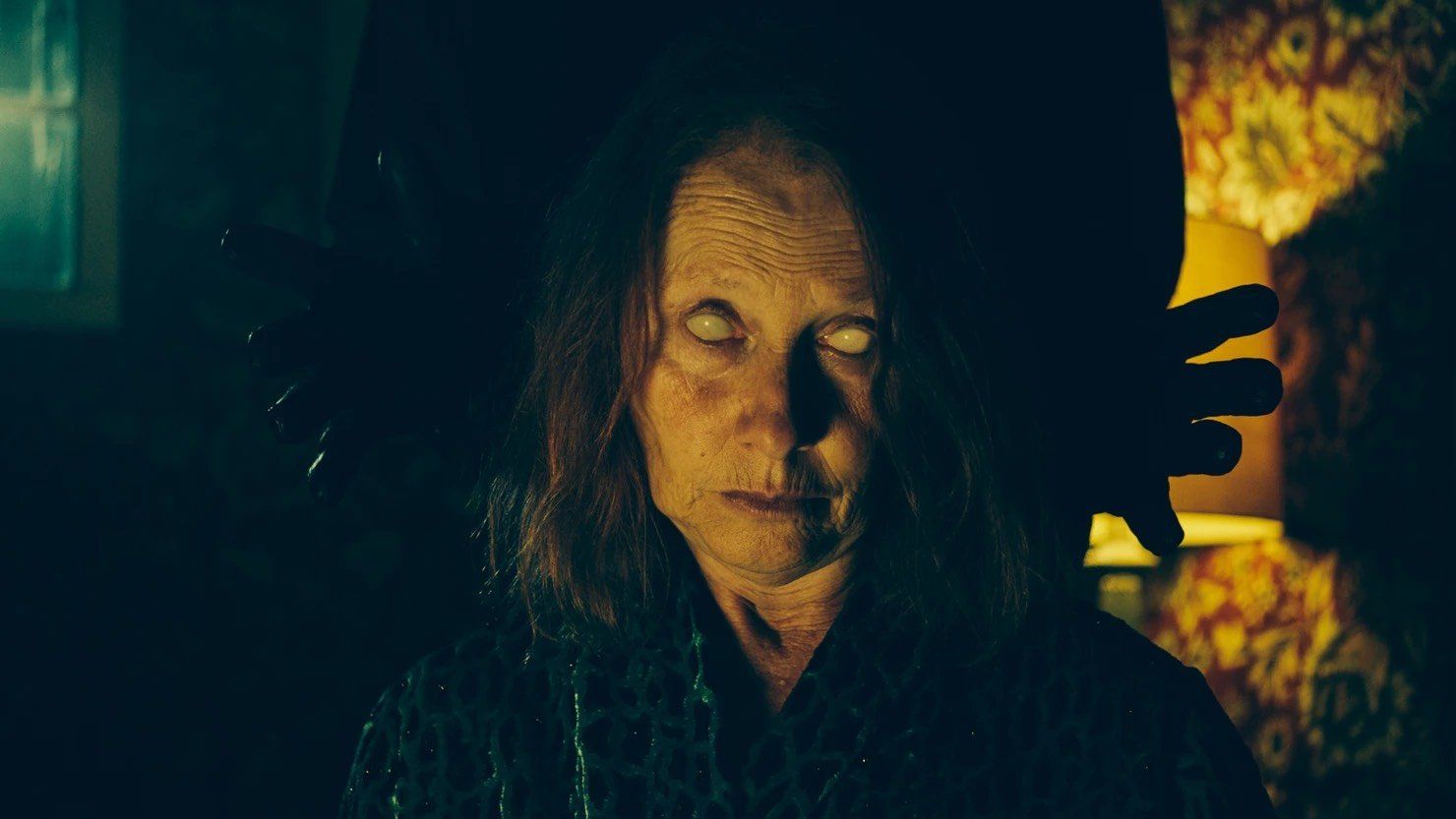
The infant was that of Sarah Good, who was waiting for her trial. Before she was hanged for witchcraft, she gave birth to a daughter while detained. The infant died shortly after she was born.
Salem Did Not Burn Its Witches
Although Hollywood usually depicts Salem Witches as being burned at the stake, most of them were actually hanged. There was one exception to this though, and his name was Giles Corey. Giles refused to stand trial as he believed that the court had already decided his fate.
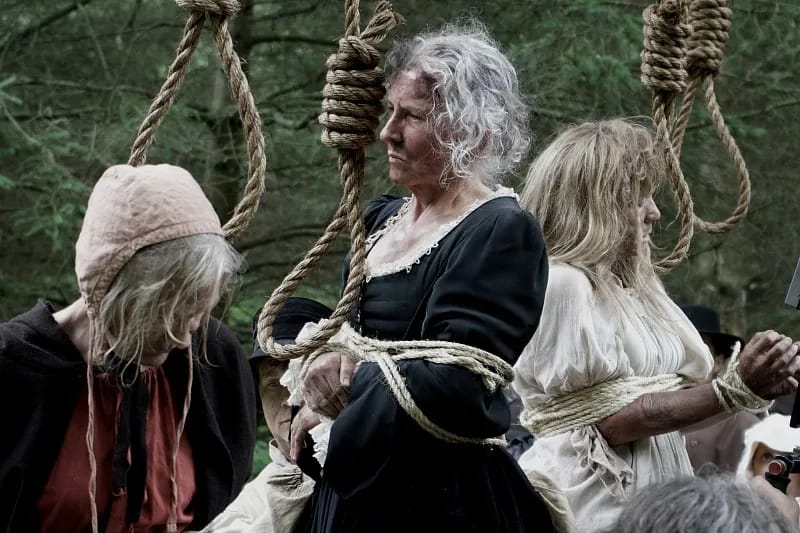
Giles did not want his property to be seized upon his expected guilty verdict. He refused to comply with the court and was therefore given the punishment of being pressed to death.
A Painful Death
Giles Corey had a more painful death than most, likely due to the people punishing him being vengeful that he was not complying with them. Giles was stripped naked and covered with heavy boards on top of him.
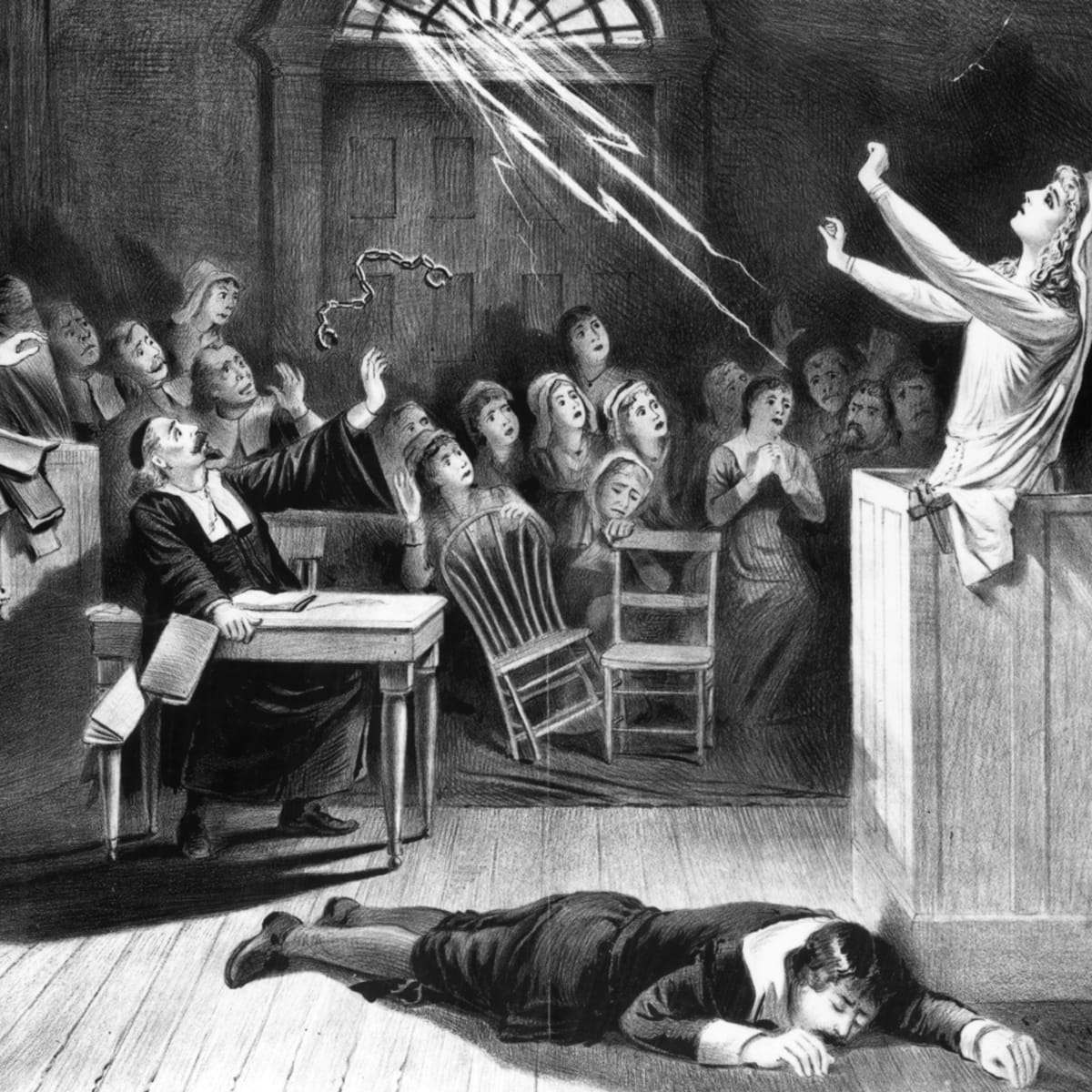
Large rocks and boulders were laid on top of the planks, and he was slowly crushed to his death. Although all the death penalties were harsh, this one was slow and horrific.
After the Witch Trial Ended They Tried to Restore Dignity
After the Witch Trials ended, people expressed remorse and guilt at the ways in which they had treated the people who had been put to death. Five years after the trials, the General Court ordered a day of fasting and prayers for the tragedy of the trials.
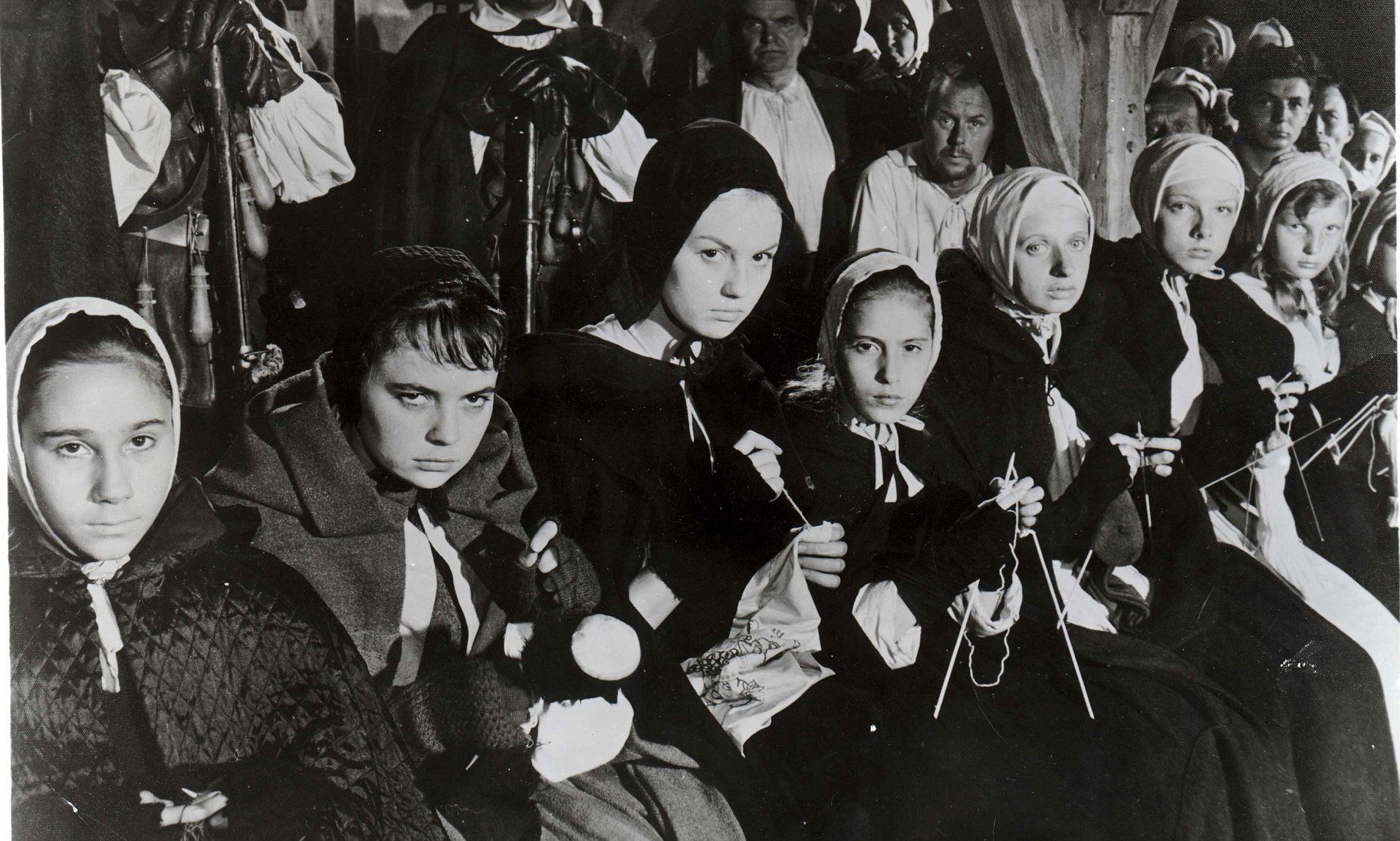
In 1702, the court looked back and declared that the trials were in fact unlawful. The colony passed a bull in 1711 restoring the good names of those accused, and granted 600 euros to the family of the heirs.
William Good Lost the Most
William Good’s wife, Sarah, was accused and imprisoned. Sarah gave birth to her daughter Mercy in jail. Sarah was hanged, and Mercy did not survive the prison.
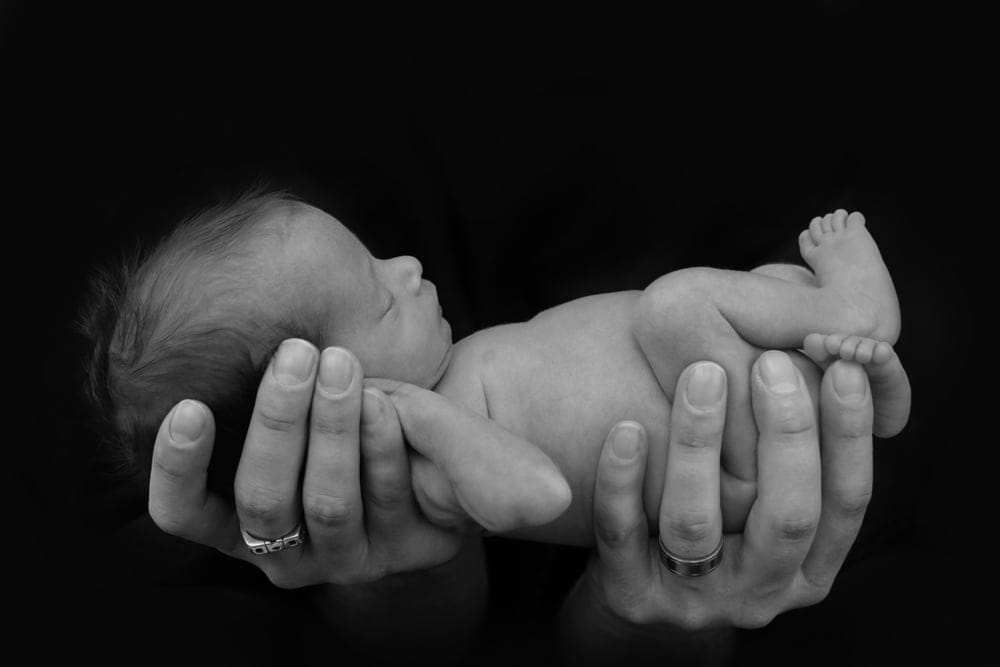
William and Sarah’s daughter Dorothy was also imprisoned. For this reason, William Good received one of the largest settlements.
Massachusetts Apologized
New England, Massachusetts formally apologized long after the fact. In 1957 they issued a formal apology to those afflicted by the Salem Witch Trials.
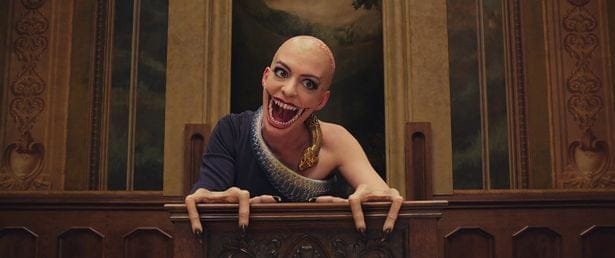
The Chief Magistrate William Stoughton never apologized in his time, while he was the ruling governor.
Churches Used It to Their Advantage
Two churches used the popularity of “witchood” to their advantage. They advertised themselves as crafty persecutors as proof that they were a superior church in protection of the devil. If witches were doing the devil’s bidding, then being the best at sniffing them out was surely a trait that one would want in a church.

Most churches did not acknowledge the existence of witches and did not try people for witchcraft. It was even banned in 1258 by the pope. But a few centuries later, all of that changed and Catholic and Protestant churches began competing for followers due to the Reformation.
An Enslaved Woman’s Confession Launches the Madness
A doctor was called to the home of Reverend Samuel Parris after his daughter began behaving strangely. Betty, a nine year old girl, and Abigail, her 11 year old cousin, began to speak unintelligible words, as well as barking and convulsing.
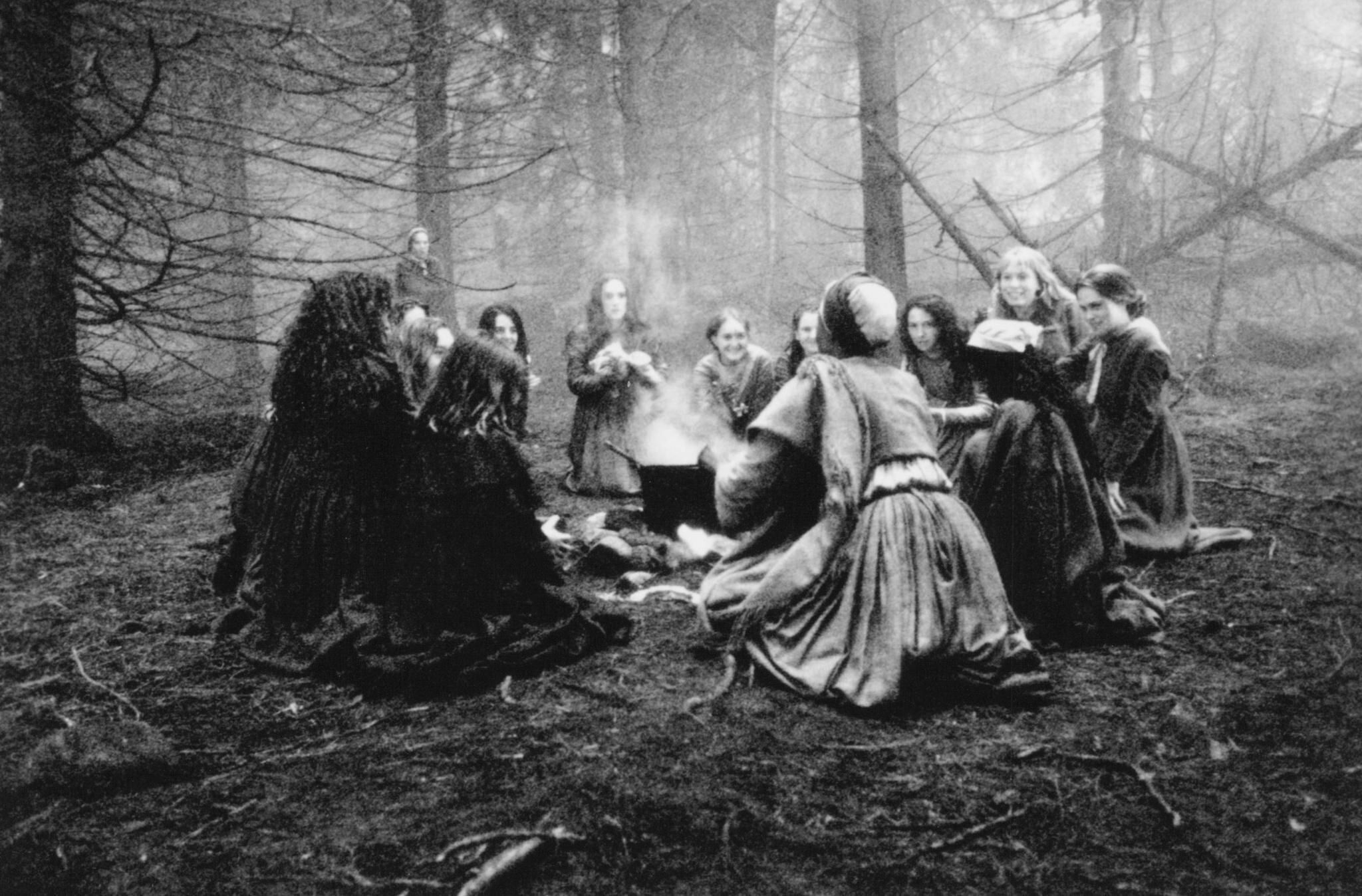
The young girls soon accused an enslaved woman named Tituba, who was enslaved by Reverend Samuel. She confessed and this launched an entire crisis in Salem.
Tituba Told Vivid Stories
While other women denied the accusations against them, Tituba told vivid stories about her supposed dance with Satan himself. She claimed that the devil had revealed himself to her and that she had signed a book with her own blood.
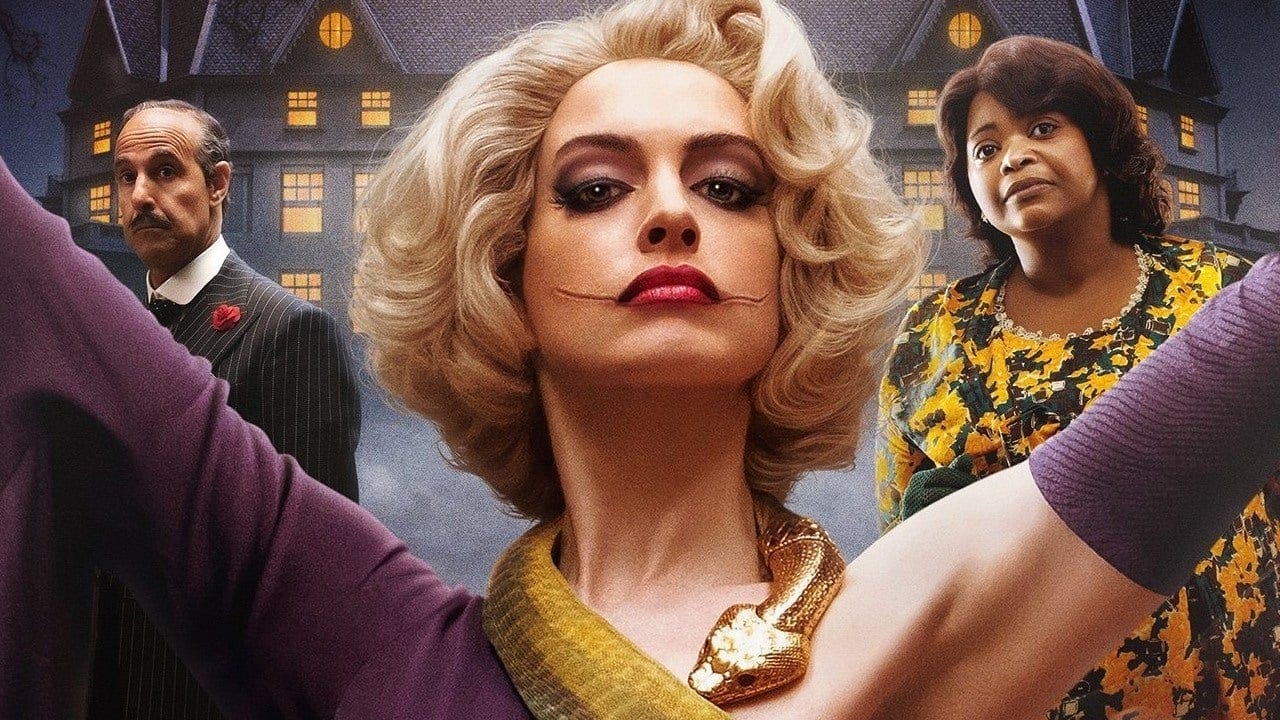
Tituba also claimed that she had seen the marks of Good and Osbourne in hell. Her vivid testimony sparked an insane fire within her town.
Abigail Accused a Lot of People
After her first accusation, one of Tituba’s accusers, Abigail, went on to play a major role in the Salem Witch Trials. In total, Abigail accused 57 people of witchcraft. Her cousin Betty on the other hand was sent away by her parents to live with her family to avoid the uproar brought on by the girl’s first accusation.
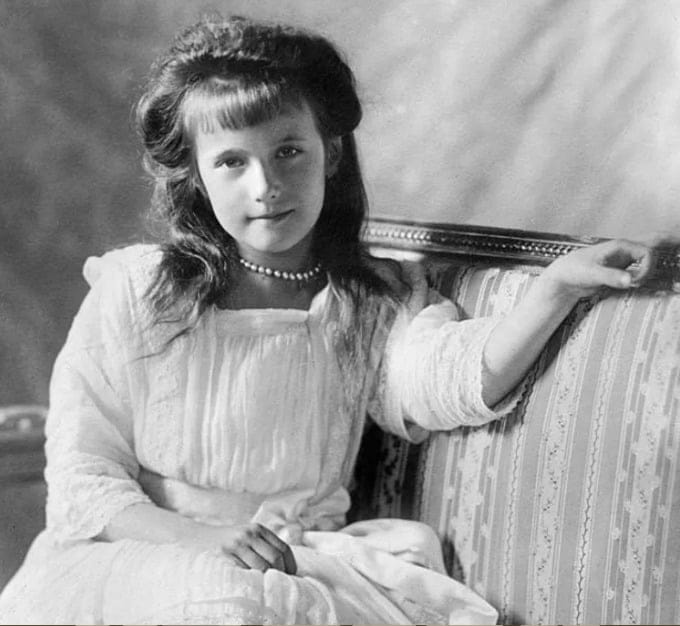
Source: Wikimedia Commons
Abigail gave her least testimony before a court in June of the same year of her first accusation, meaning all of her 57 accusations were made in the span of January to June of one year.
A 12 Year Old Accused the Most People
A 12 year old girl named Ann Carr Putnam Jr. accused the most people during the Salem Witch Trials. In total, the pre-teen accused more than 60 people. Ann came from a prominent family and her father, Thomas Putnam was one of the key instigators in the hysteria.
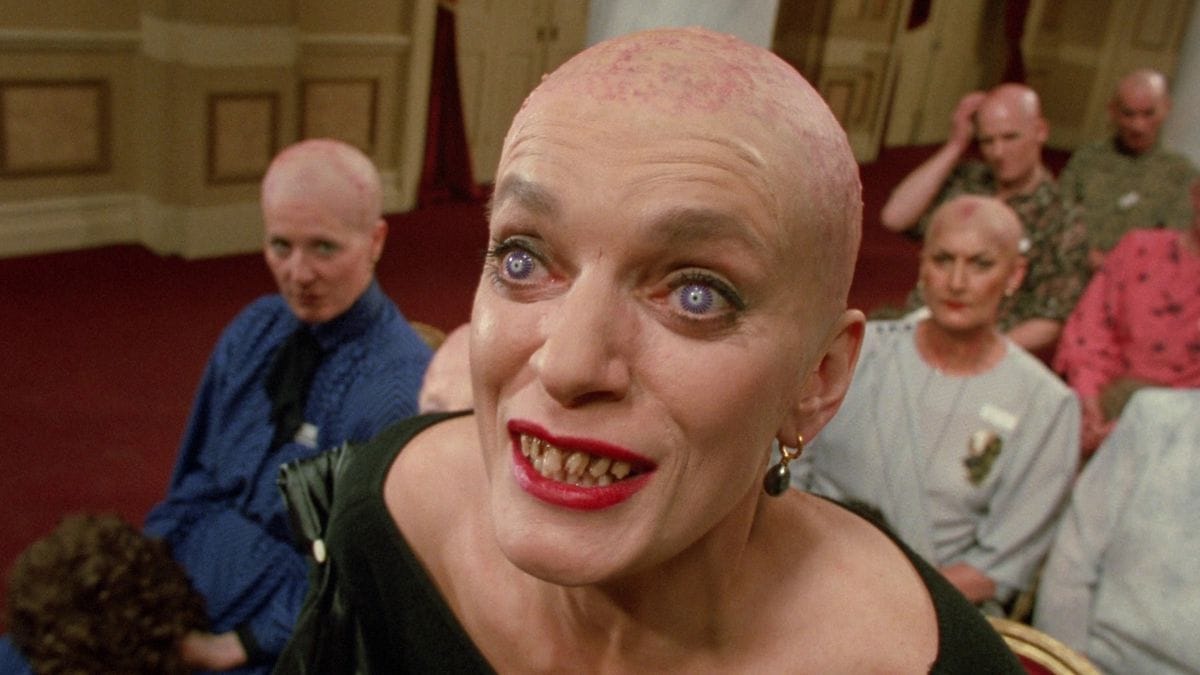
Thomas wrote many dispositions on those “afflicted.” It makes sense that the man spearheading the charge of witchcraft had a daughter who made numerous accusations.
Ann Carr Putnam Jr. Asked for Forgiveness
After Ann’s parents died suddenly, Ann was left to raise her seven younger siblings by herself. Later, Ann wanted to join the Salem Village Church. To do so she offered one of the only known aologies of any Salem accusers.
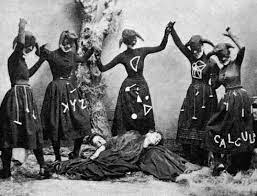
Ann claimed that she was deluded by the devil and begged for forgiveness. Ann was allowed to join the congregation, however she died only nine years later.
Bridget Bishop
The very first case ever held was for Bridget Bishop, who was a local widow. It was assumed that Bridget Bishop’s would be an easy case to win. Bridget was old, poor, and tended to be more on the argumentative side, so she fit into everyone’s idea of a witch.
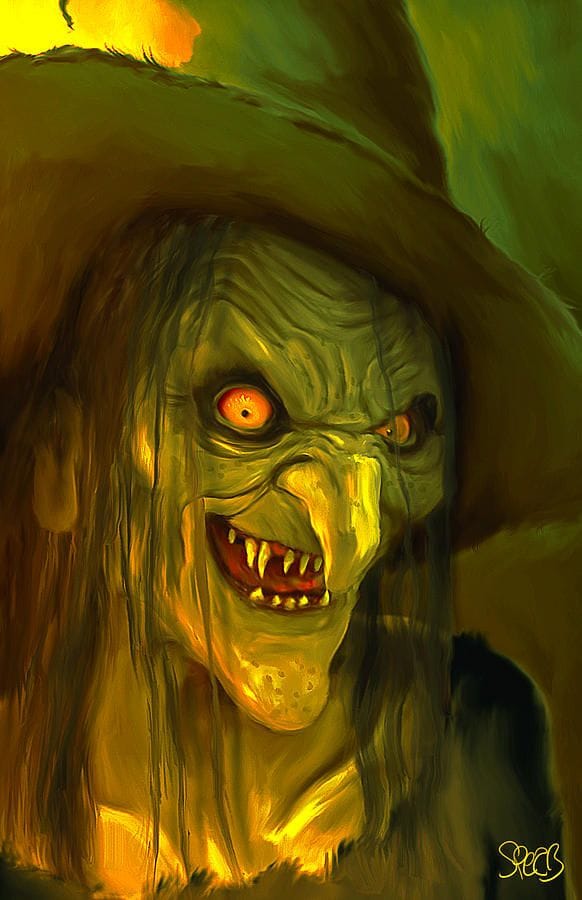
Bridget had been accused of witchcraft a decade before. However, she was acquitted for a lack of evidence against her. She would not be so lucky the second time.
Bridget Bishop Loses Her Case
10 witnesses came forward to testify against Bridget. She was found guilty very quickly and was sentenced to death. On June 10th she was taken to Proctor’s Ledge by Gallows Hill in Salem and was hanged by the neck.

She was escorted by the town sheriff who later wrote she was “hanged by the neck until she was dead.”
Susannah Martin
Susannah Martin did not live in Salem, rather she live in Amesbury Massachusetts. Just like Bridget Bishop, she had been accused of witchcraft before and had escaped an unfortunate fate before. Also the same as Bridget Bishop, the charges against her were dropped.
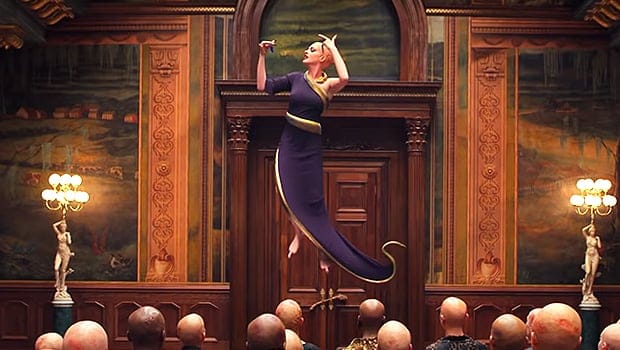
However, Susannah apparently had a bad reputation and it spread to Salem by 1692. Her bad reputation was based on four accusations.
Four Girls Came Forward
Four girls who were apparently “afflicted” accused Susannah Martin by name. The girls claimed that Susannah’s specter had attacked them. A specter is the belief that the devil takes over someone’s body and attacks others.
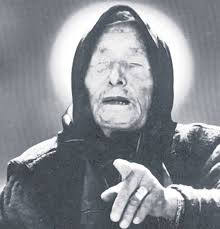
Susannah Martin was hanged without any evidence against her on the same day as Sarah Good, July 19th.
Martha Coy
Martha Coy’s case was very different from other people suspected of witchcraft, who tended to be poor and outcast. Martha was a esteemed member of her church and was considered an upstanding member of her community.
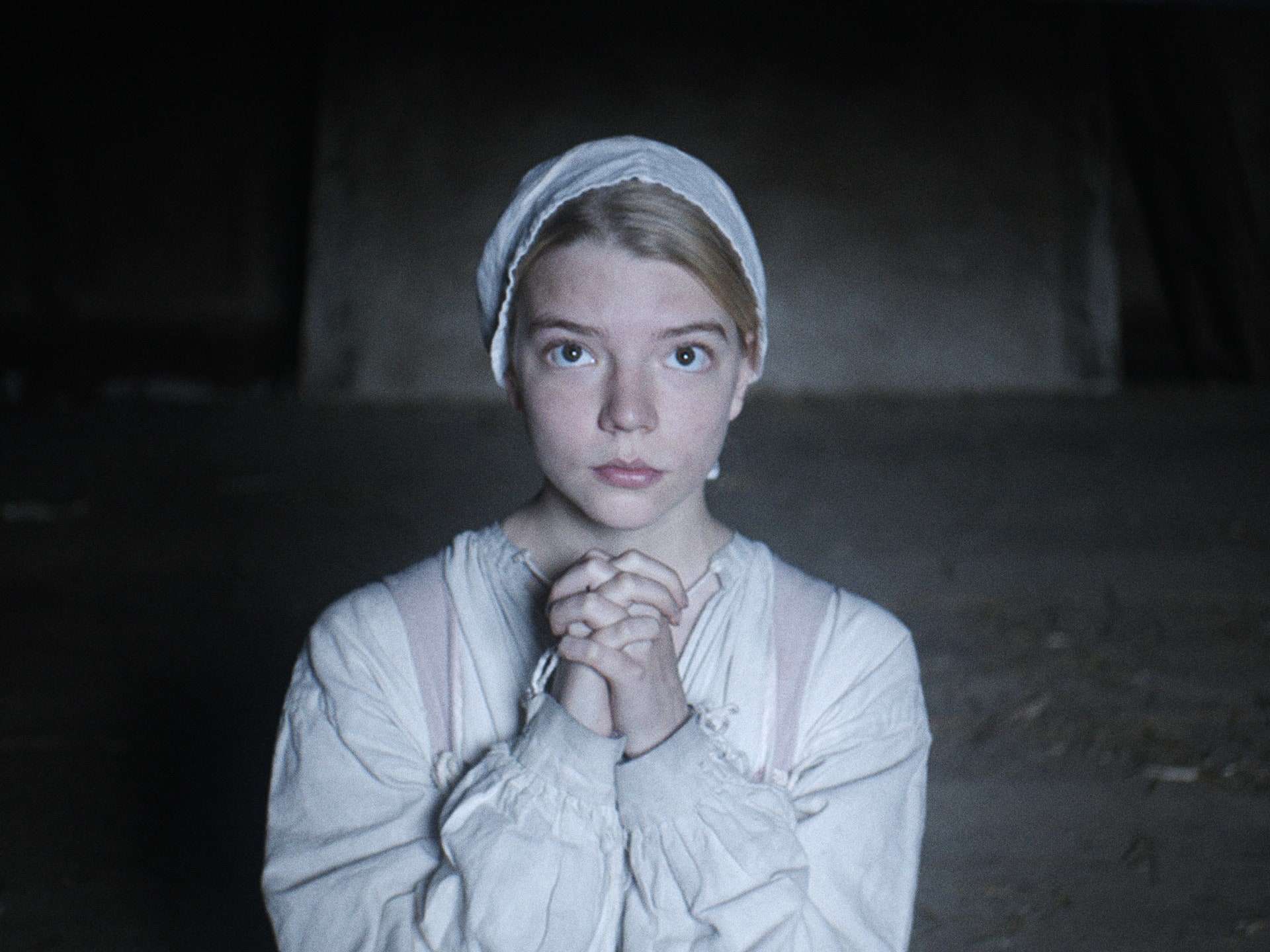
This all changed when Marta tried to stop her husband, Giles, from attending one of the early examinations in the witch trial. Martha even went so far as to hide his saddle from him. Shortly after this, one of the afflicted girls accused Martha of bewitching her and turning her blind.
Martha Was Defiant
Matha had a defiant attitude that did not sit well with the court. Her husband Giles also refused to corroborate her testimony, and even went so far as to testify against him. Martha was found guilty as charged.
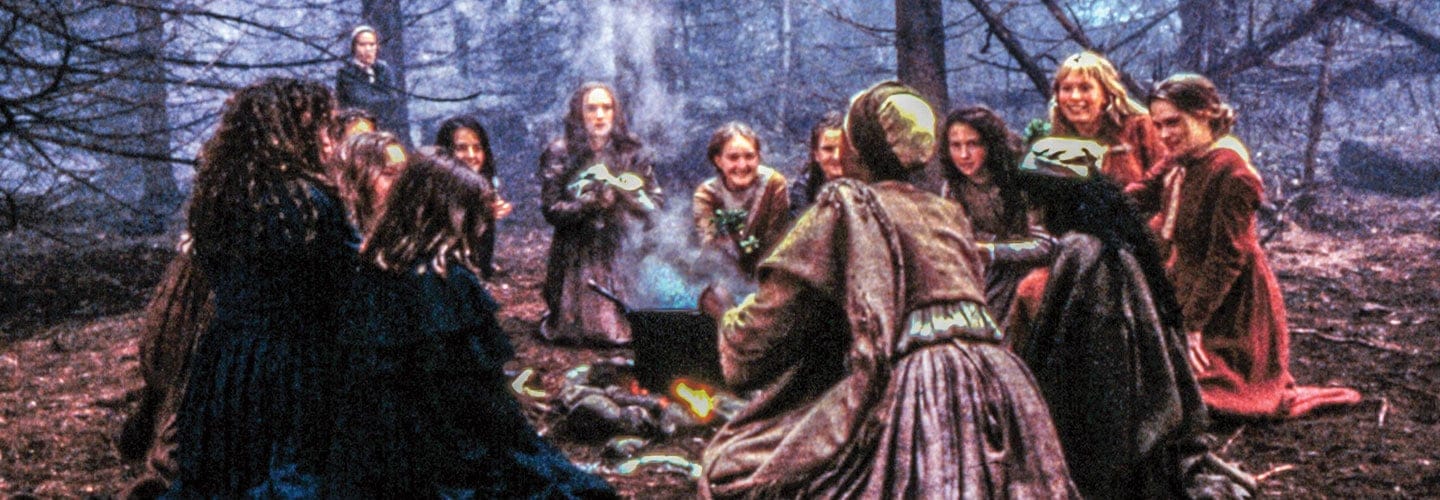
Martha was sentenced to death and went to the gallows along with seven other convicted witches. She was a part of one of the last hangings in the Salem Witch Trials.
Giles Was Convicted Too
Although Giles may have thought that he was setting himself up for success by turning on his wife, he ultimately left himself vulnerable as well, as he was also accused and also found guilty as charged.
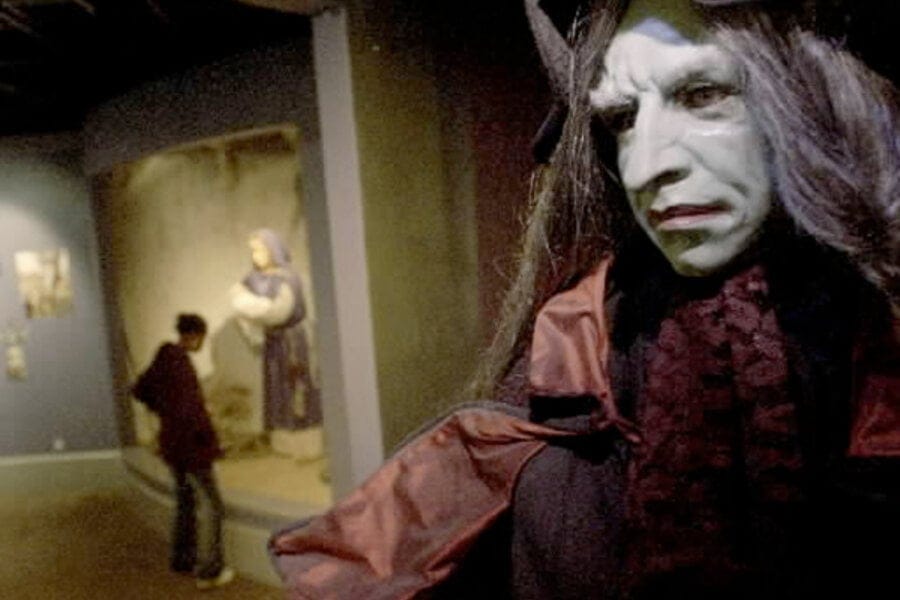
Two weeks after his wife was hanged, Giles was pressed to death after refusing to enter a plea into his own trial.
A Special Court Was Created for the Accused
A special court was created for those who were accused in Salem. The court was called the Court of Oyer and Terminer. The term means “to hear and determine” in Old Northern French.
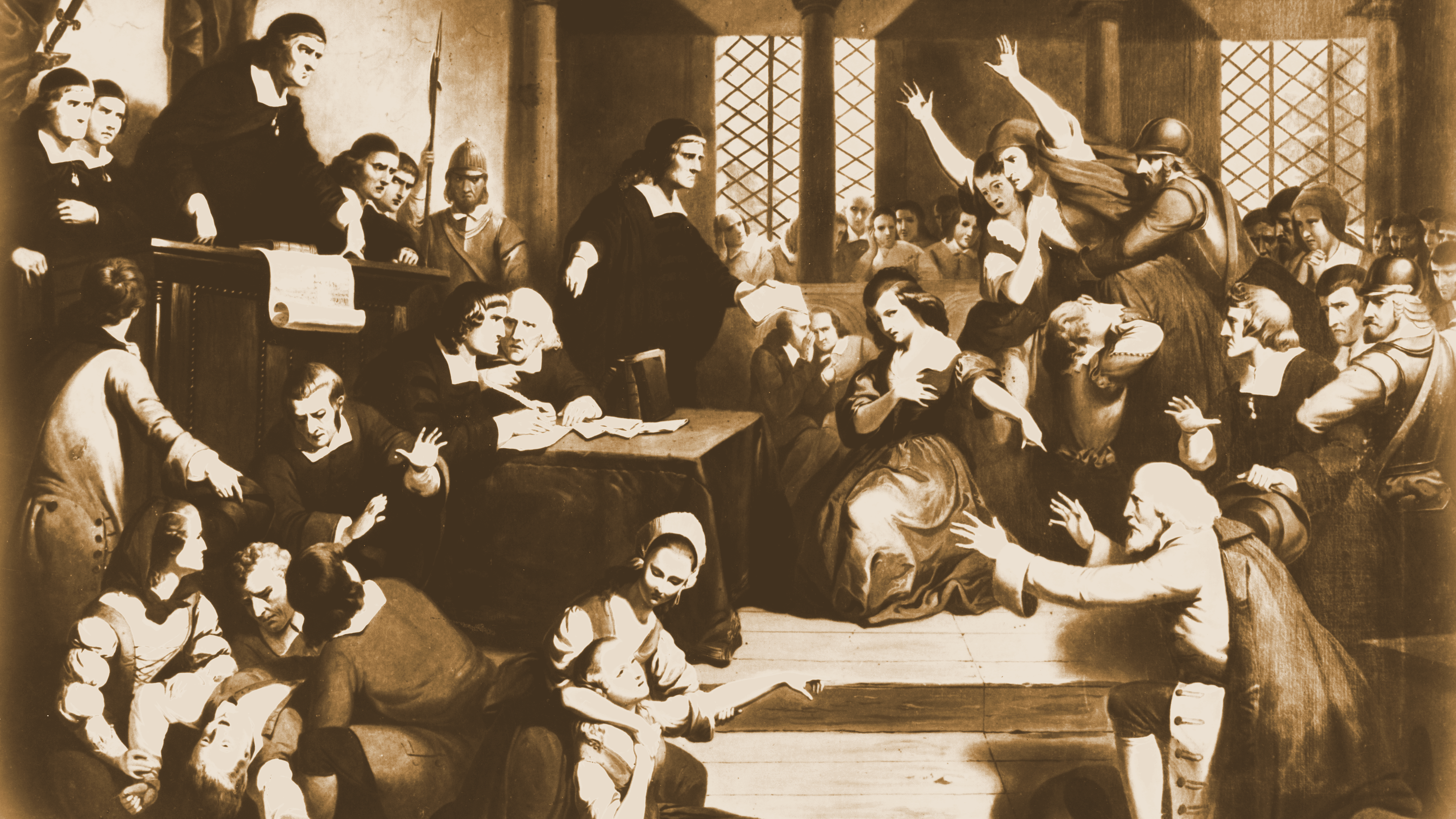
The court was created by Governor Phips to try accused witches. This type of court looks very different from the courts that we know today.
Guilty Until Proven Innocent
When an accused person stood before the Court of Oyer and Terminer the law firstly assumed that the accused was guilty. Today the opposite of this is the United States legal approach, with “innocent until proven guilty.”
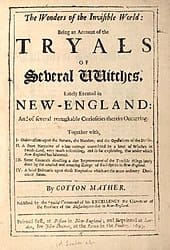
Another thing that was allowed was hearsay as evidence, meaning people could use what they had heard (rumors, assumptions, and community gossip) as evidence.
The Accused Had No Counsel
The accused witches were not granted any counsel, which meant there were no defense lawyers present to defend them. Because no one could cross-examine the people accusing the women and men of being witches, it left a lot on the table.
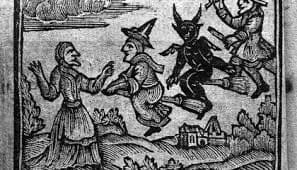
Challenging the people making the accusation would have been an effective tool to show the holes in their stories and could have saved the lives of those who were declared guilty.
Witches Riding Brooms Came From a Man in Paris
We all see in popular culture green skinned witches riding their broomsticks as they zip off towards the full moon. But where did this idea come from? It was a man named Guillaume Edelin, a priest in a town right outside of Paris.

In 1453 he was arrested and tried for witchcraft for criticizing the church’s warning about the threat of witches. He was tortured and subsequently confessed to being a witch and riding on a broom. He repented, and was then imprisoned for life.
Before the Witch Trials There Was Werewolf Trials
Some 200 years before the Salem Witch Trials took place, courts in Europe were convicting mostly men of transforming into werewolves and eating children.

The punishments were very gruesome and tragic, even more so than what would happen a few centuries later to the people of Massachusetts.
Gruesome Punishments
The punishments for being a convicted werewolf were intense to say the least. In Germany 1589, executioners strapped an accused werewolf named Peter Stumpp to a cart wheel and tortured him with hot pinchers before beheading him.
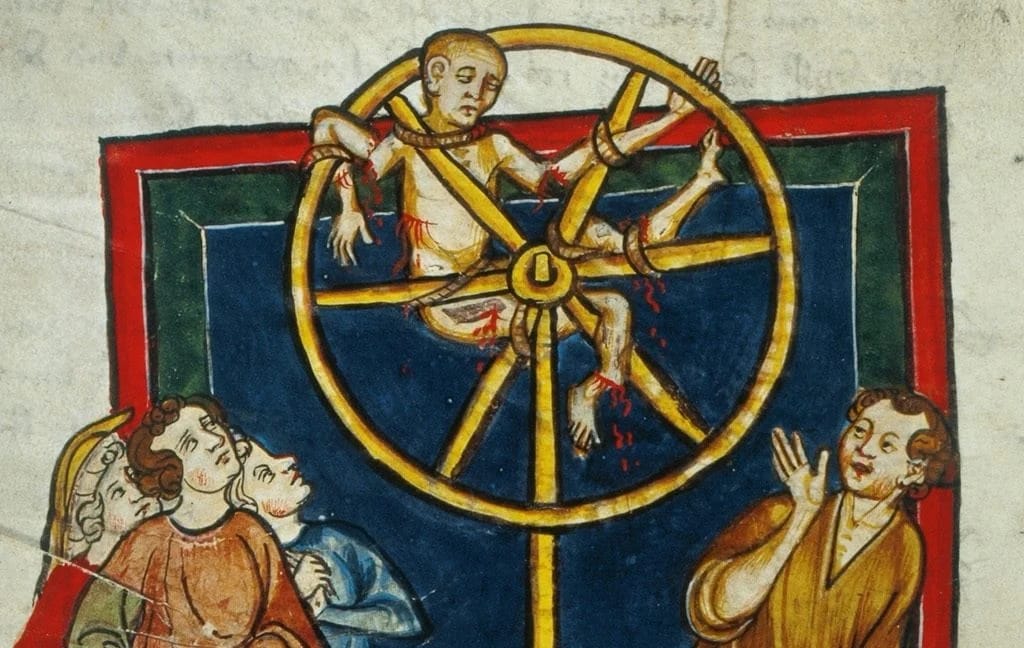
They put Stumpp’s head onto a pole that was carved to look like a wolf and displayed it as a warning to others.
It Was a Scary Time
The Salem Witch Trials were a strange time in our history. Although terrifying and sad, these trials taught us a lot about how to have a fair trial and give due process.

The trials left a painful legacy in their wake that affected the area for centuries to come.
